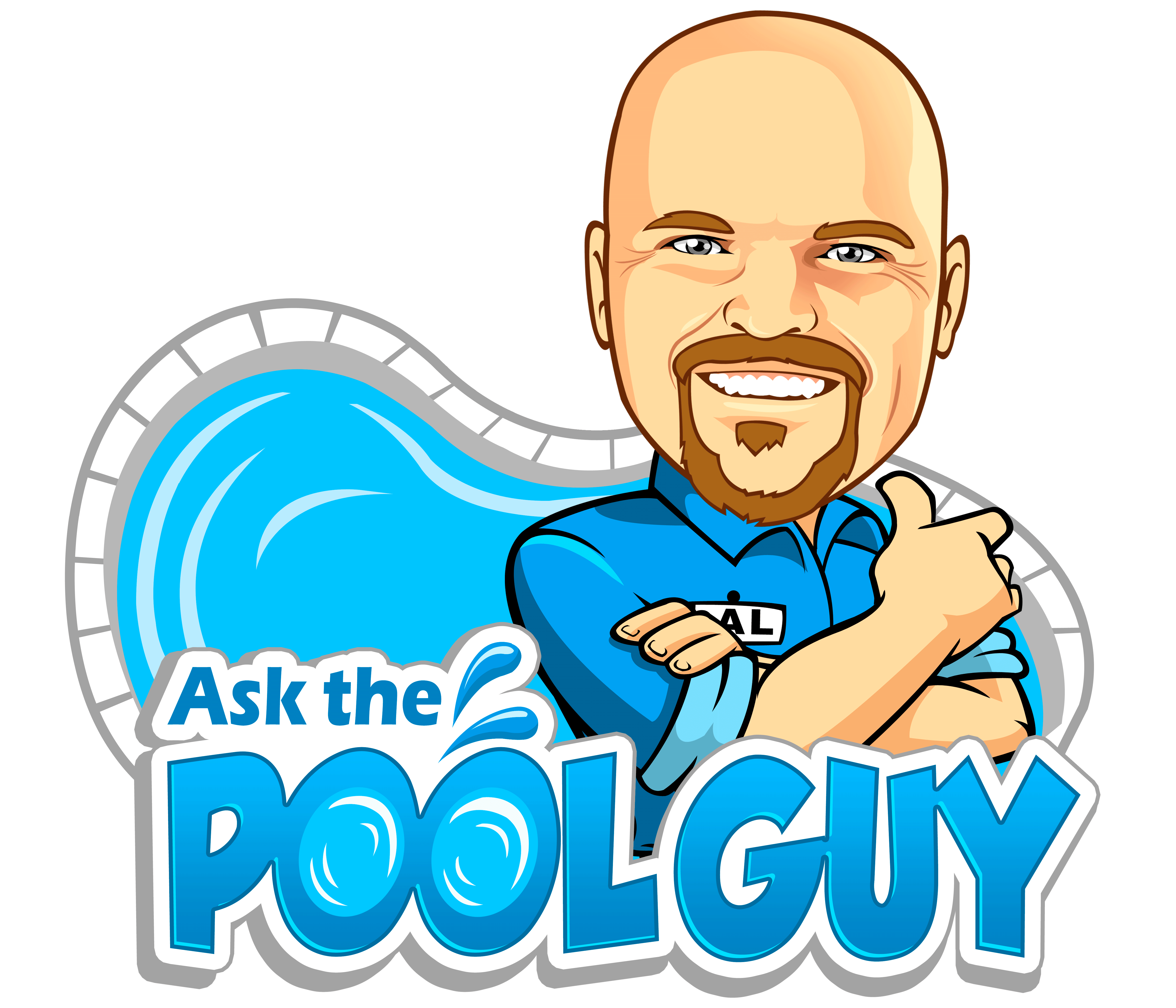 PAINTING POOLS – IMPORTANT NOTE
PAINTING POOLS – IMPORTANT NOTE
If you have a gunite pool it is important to note that painting might not be the right choice for your pool. Once you paint a pool, you have to always paint a pool. This article will share a few tips if you decide to paint a pool, or if you have a pool that has existing paint.
Nothing is more inviting than a turquoise water pool to jump into on a hot, beautiful day. One of the ways to achieve that turquoise look is to paint the pool. Pool paint comes in many different colors and is an inexpensive coating compared to other surfaces. Whatever paint you choose, following the manufacturer’s instructions is very important. Preparing the pool properly is the MOST IMPORTANT step in painting a pool. Pools can be painted with three types of paint.
DETERMINING PAINT TYPE
Epoxy paint is for new construction pools or pools previously painted with Epoxy. It is the most durable paint and stands up to UV rays and chemical treatments. Epoxy paint lasts 7 to 10 years before repainting is necessary.
Chlorinated rubber-based paint is less expensive and is not as durable as epoxy, but is a dependable and easy to use pool paint. It is easy to apply and lasts about half as long as epoxy. It can only be painted over previously rubber-based pools. This type of paint will last about 3 to 5 years.
Water-based acrylic paint is the least expensive and is easy to use, but it only lasts 2 to 3 years. Acrylic paint is the only paint that can be repainted over any of the paint types (epoxy, acrylic, or rubber). This type of paint cleans up with water and is ideal for commercial applications that are repainted on a regular basis.
STEPS IN POOL PAINTING
It is very important that you Purchase the same type of paint used previously on your pool. NOTE: Water-based acrylic paint can be used on any previously painted surface.
- Drain the pool water and remove any dirt or debris.
- Repair any holes or cracks with hydraulic cement by following the manufacturer’s instructions.
- Clean the pool surface with a power washer or a scraper and a wire brush. Make sure to remove all loose or cracking paint. Use a broom to sweep the pool clean.
- Use a solution of 50/50 water and muriatic acid to clean the surface. Scrub the walls and floor thoroughly with a scrub brush, then rinse with clean water.
- Next you want to clean the surface with TSP (trisodium-phosphate) to neutralize the acid. Again, rinse with clean water including the steps, lights, ladders, etc.
- 7. Let the pool dry for 3-5 days until fully dry if you are using epoxy or rubber-based paint. You can paint sooner if using acrylic paint as it is water-
- Apply the paint with an extension roller (3/8” nap) starting in the deep end. Work your way to the shallow end and use a brush for areas unable to be reached by the roller. One coat is usually sufficient but two coats may be used. Wait 2-4 hours before the second coat.
- Follow manufacturer instructions on the time frame for allowing paint to dry. Typical wait time before refilling the pool with water and chemicals is 5 days with rubber-based and epoxy paint.
